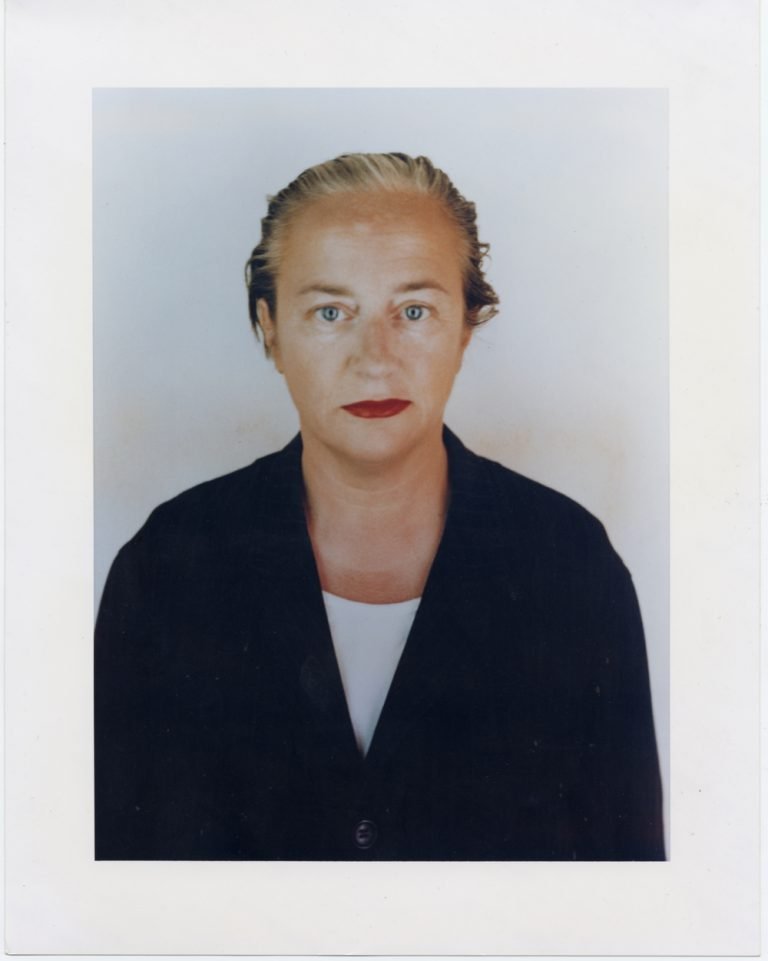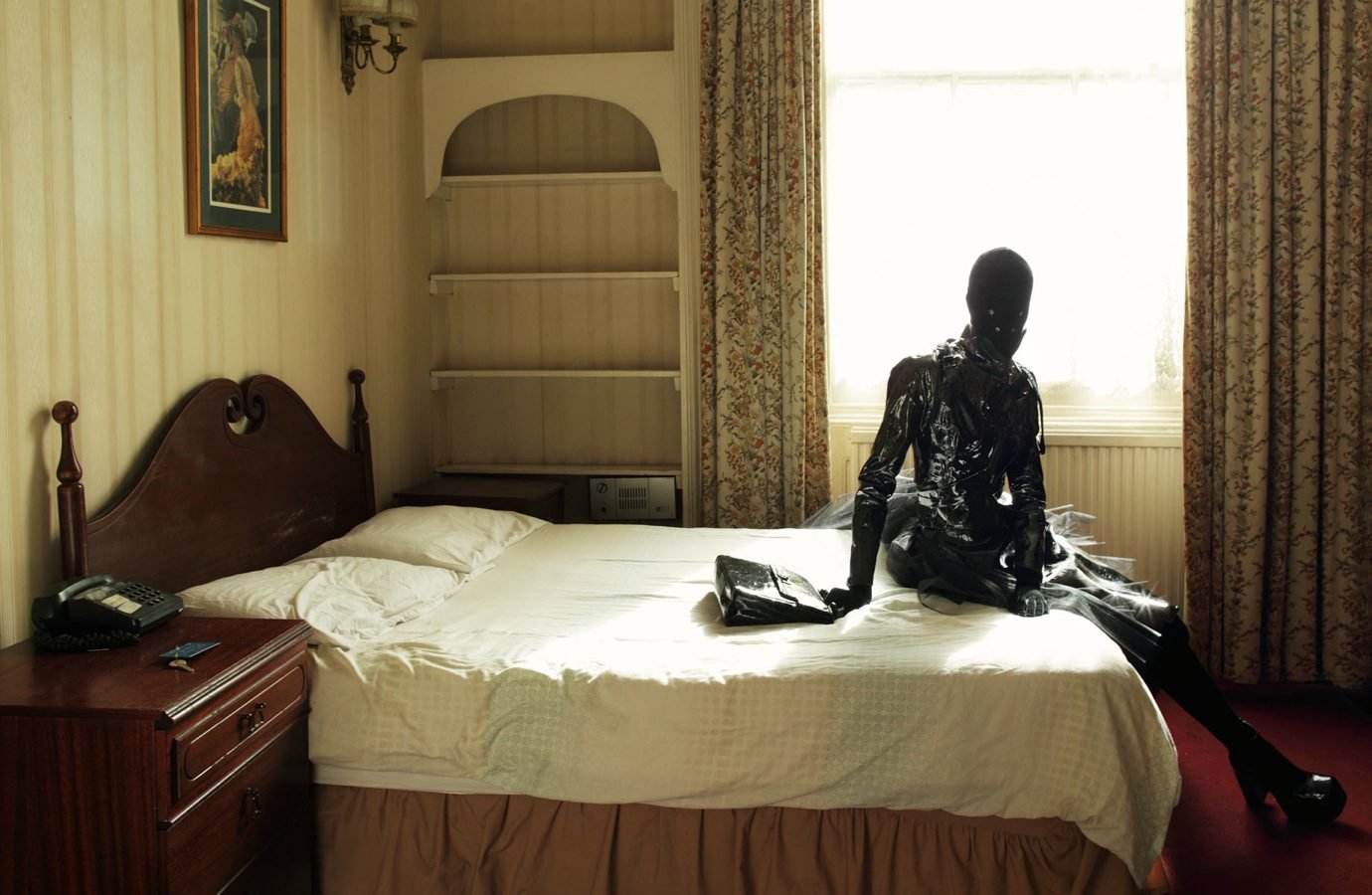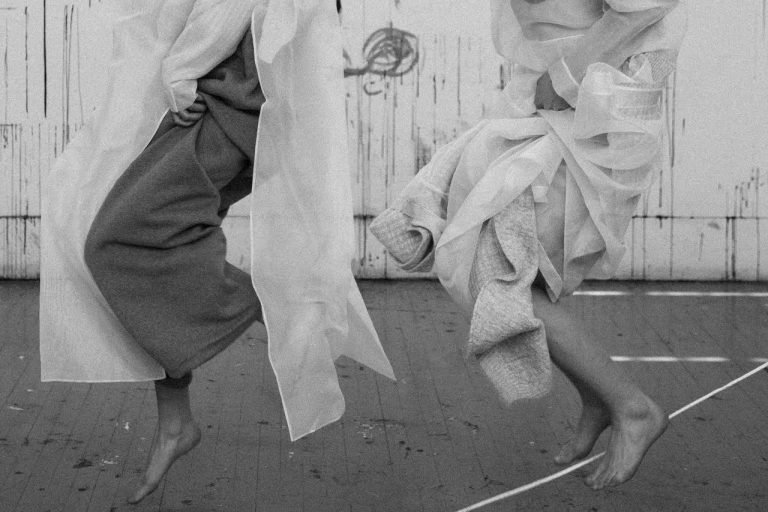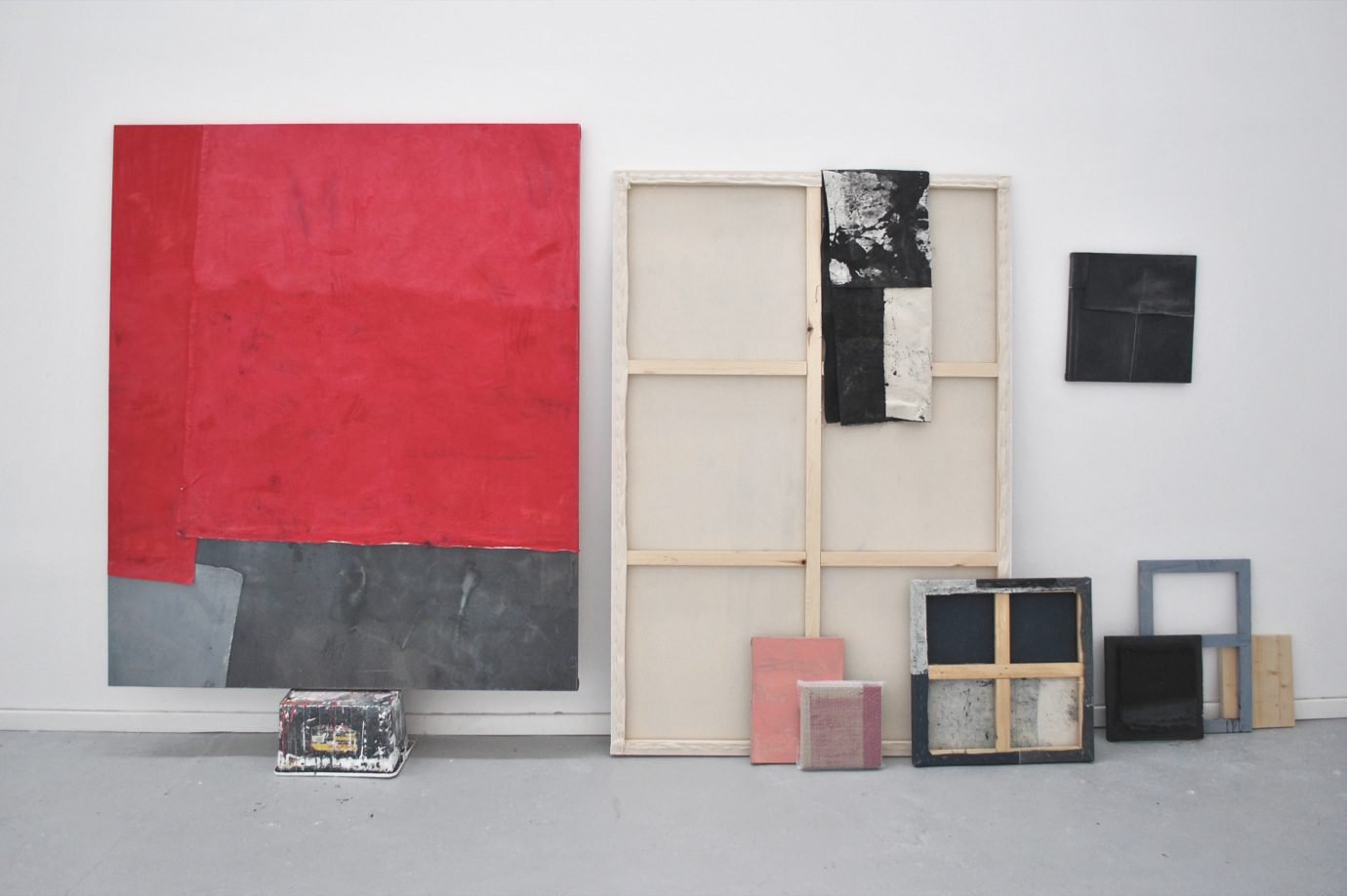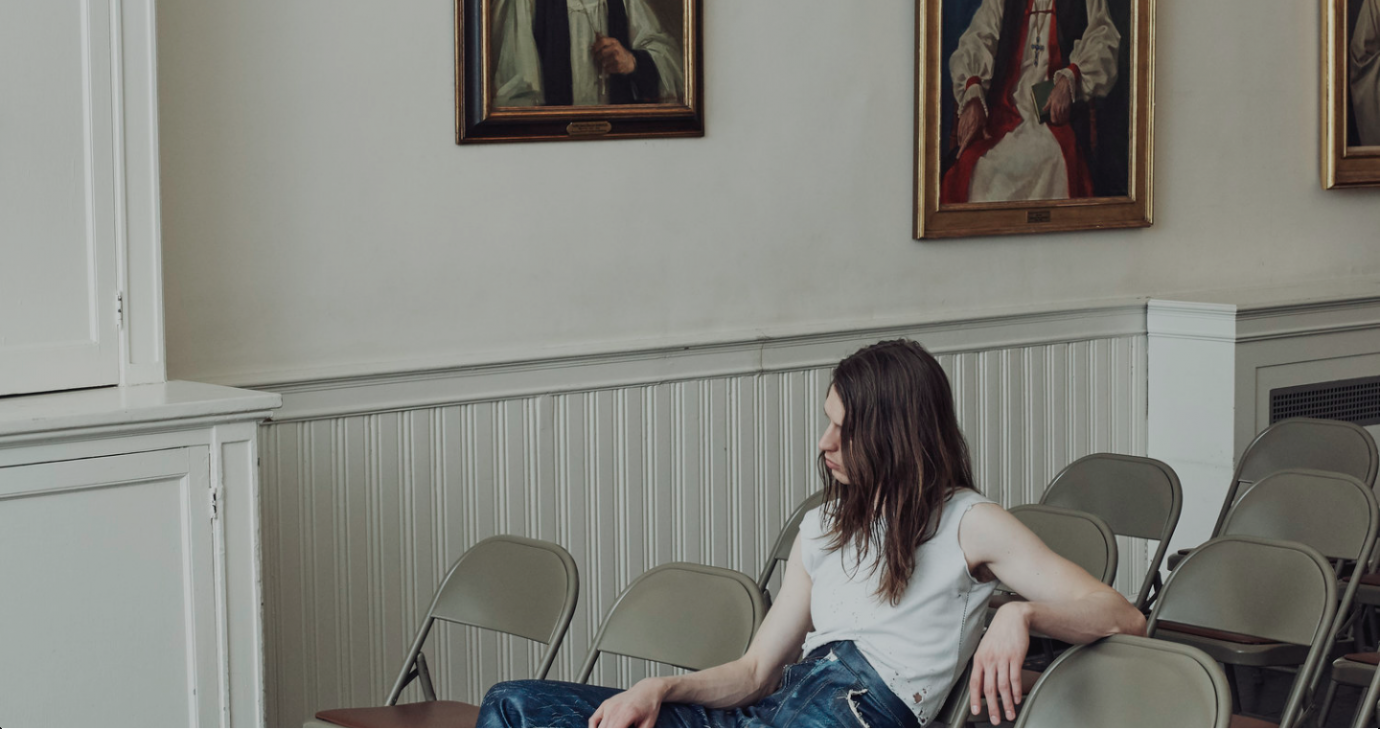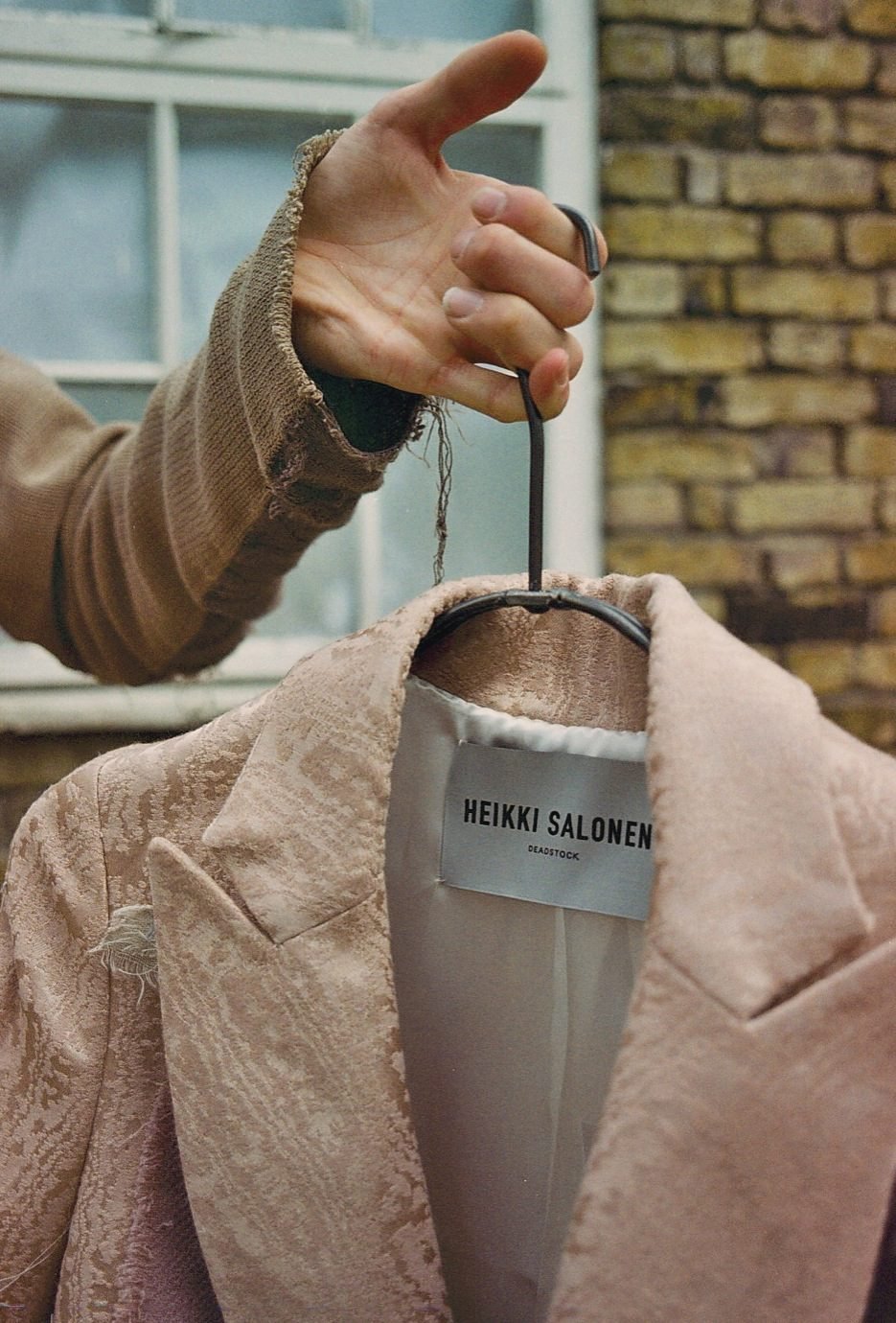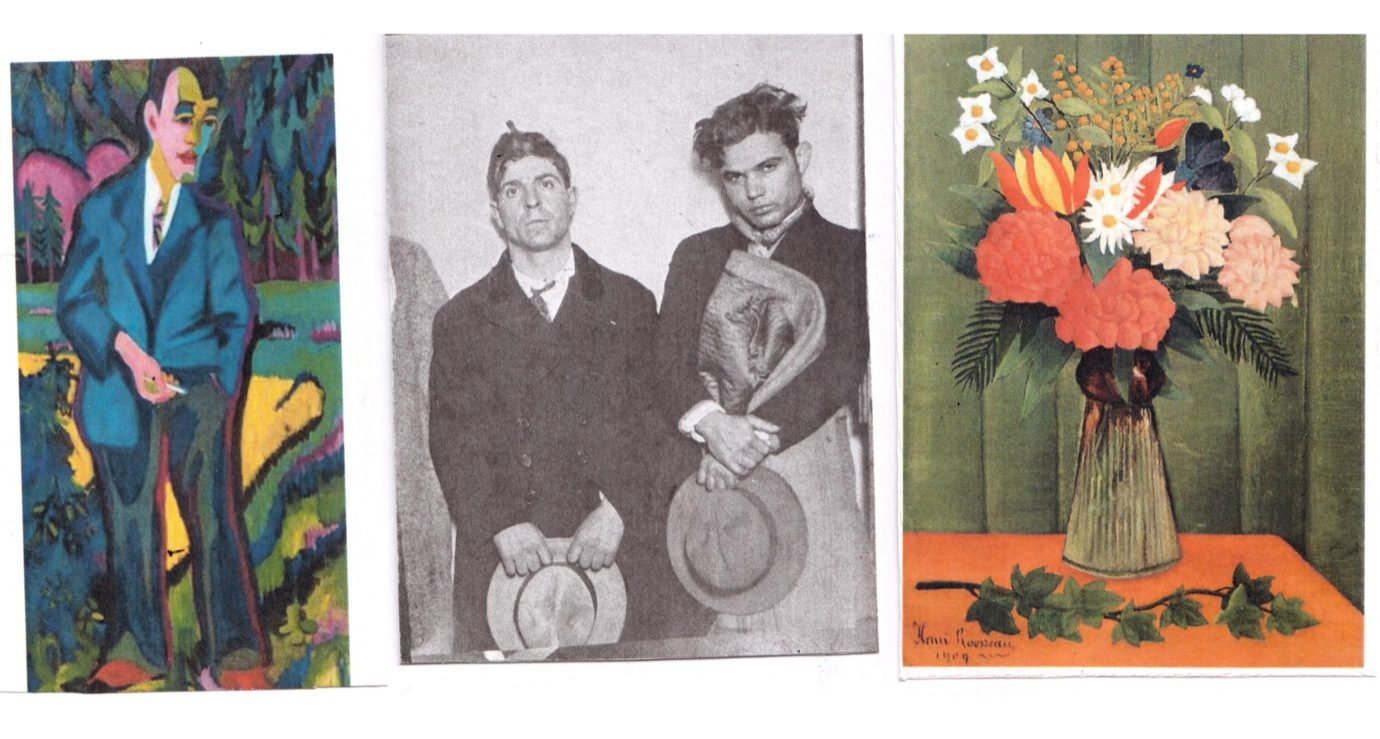And the issue of sustainability and climate change, a reality that affects everything on this planet: how do you see that being tackled within the fashion industry?
It’s a very, very difficult problem, because for big corporations it takes a lot of courage and money to do so. Many processes in the end also become economic. So when ecological equals economical, then people will go for it. I think the best way to think about it is to make pieces which have longevity, which you can give to your best friend or your child or your grandchild. Pieces which will have a long life, which are able to give us long-term happiness, and which will become more of a partner again, like a pet or something. You have a relationship with your coat, or a relationship with your skirt, or your shoes or whatever. And I think it’s about time that we go back to building those relationships again. Now it’s all so throwaway that we don’t even open the shopping bags anymore. You’ve been shopping, you come home, you don’t even open the bag. It can wait until the day after tomorrow. That is quite terrible. So we have lost the appetite. But I think it can be rekindled, because it’s still deeply engrained in your childhood and so on. People don’t think of fashion as a polluting industry, because it’s small pieces. It flies under the radar in a way. When you buy a car it’s bad news, but when you buy a bag you think “Ah, it’s made by hand”. And then go and look at how the tannery is abusing water…You might not want to buy the same bag or the same colour.
Do you think there should be more transparency within that whole process?
That will have to come, like with food. But it will all hopefully become part of European legislation.
“IT’S ALL SO THROWAWAY THAT WE DON’T EVEN OPEN THE SHOPPING BAGS ANYMORE. YOU’VE BEEN SHOPPING, YOU COME HOME, YOU DON’T EVEN OPEN THE BAG.”
The blurring of the gender binary is slowly but surely happening, but in fashion menswear and womenswear are still two separate things, with their own fashion weeks and shops. Do you think that will be abolished at some point?
Yeah, already I think there is a sort of overlap. A brand like The Kooples is very successful because the core of the collection is for both, and then you have the periphery: the girly and the boyish things. That could be expanded, I guess. Most couples now share a central wardrobe: sweaters, white shirts, denims and so on. And then you make it your own with specific, maybe more gender-based, things. But now the man can have the petticoat and the girl can have the boots. I don’t think it’s relevant anymore, this gender divide.
But will it take a while?
Well, in society it’s getting less and less relevant. But once again, I’m sad to say, fashion is lagging behind. Normally fashion should already have told us that this is coming. It should have told us that men now have babies. It should have told us that there’s no longer a big division between older and younger people. Fashion should have told us that I want to look like my grandmother and she like me. Fashion should have told us all these things. And it has not.
You used to be the chairwoman of the Design Academy in Eindhoven?
Yes, and I’m also working with a new school in Poland now.
What school is that?
It’s called the School of Form, it’s a brand new private school which has a very interesting programme, because it offers the humanities together with design. So in the first year you learn philosophy, anthropology, social studies and psychology. And you learn fashion, communication, industrial design and domestic design. And from there you make your choices, so the whole institute is embedded in the humanities. It’s very good.
“YOU DON’T HAVE THE RIGHT TO DO ANYTHING – TO SKETCH OR START – AS LONG AS YOU DON’T HAVE AN IDEA.”
Starting an entire design school from scratch, was that difficult?
It wasn’t. We have the first graduation this year, so let’s wait and see… But what I’ve seen so far is that the best 10 or 15 students are better by far than students from another bachelor’s, and their thesis and the way they express themselves is almost at master’s level. And it’s because they have the theory and know about human behaviour and human reflection. It’s really working.
It’s funny how it’s not like that in other design schools – you’d think they’d teach students more about human beings, because design is meant to be for human beings, isn’t it?
It’s strange, isn’t it? What happens normally is that you sprinkle an hour of philosophy here, if you’re lucky an hour of anthropology there, like some salt and pepper on top of the food. Whereas in this case I thought “Ah! I can embed it in the humanities! Wow, this is the chance!” And it’s not easy of course, to find the right teachers… Much needs to be done still, but it’s super promising.
“EVEN IN THE SO-CALLED AVANT GARDE, EVERYTHING FOLLOWS A RECIPE.”

